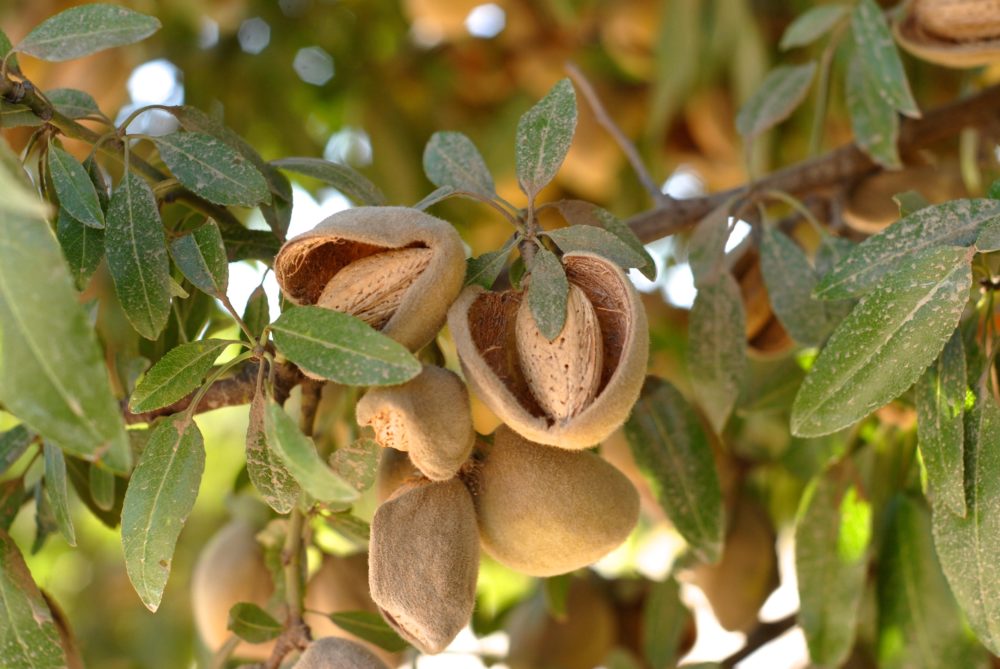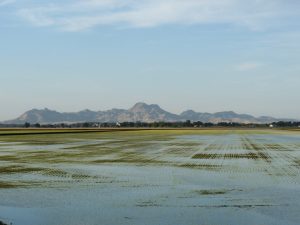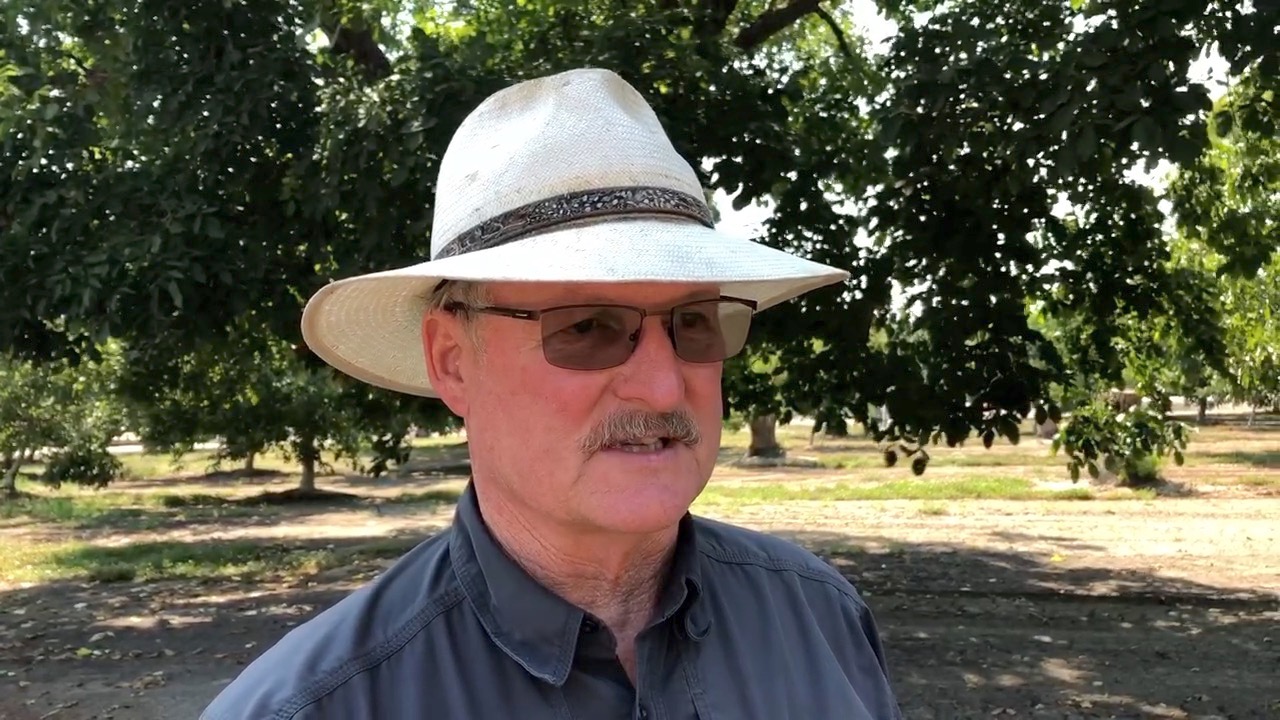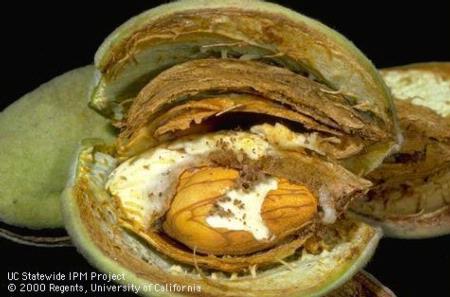Walnuts Are the Omega3 ALA Nut!
Imagine Walnuts Being on the USDA MyPlate Recommendations
By Patrick Cavanaugh, with the Ag Information Network
The 2020 Dietary Guidelines Advisory Committee is recognizing walnuts because they mostly contain polyunsaturated fats, including 2.5 grams of Omega3 ALA per ounce. In fact, walnuts are the only nut with an excellent source of ALA making them the Omega3 ALA nut.
Jennifer Olmstead is Marketing Director for Domestic Public Relations for the California Walnut board and Commission. She noted her big goal is to get the walnuts on the MyPlate graphic. “Yes, the government takes the committee report, drafts up their guidelines, and then they put it into easy to understand graphics like MyPlate, previously it was the food pyramid,” explained Olmstead.
What would it be like if everyone looked at that my plate graphic and saw a few walnuts on it every day? “Absolutely, and the great thing about this is it really gets consumers thinking about reasons to include walnuts in their diet and ultimately driving consumption for our industry. It would be tremendous. Right now the per capita consumption is at 0.6 pounds per year. So if people just even ate a few handfuls a week, consumption would go through the roof.
It’s certainly not a done deal yet, but the Walnut Board and Commission are working hard on that goal. We’ll keep you updated.
























